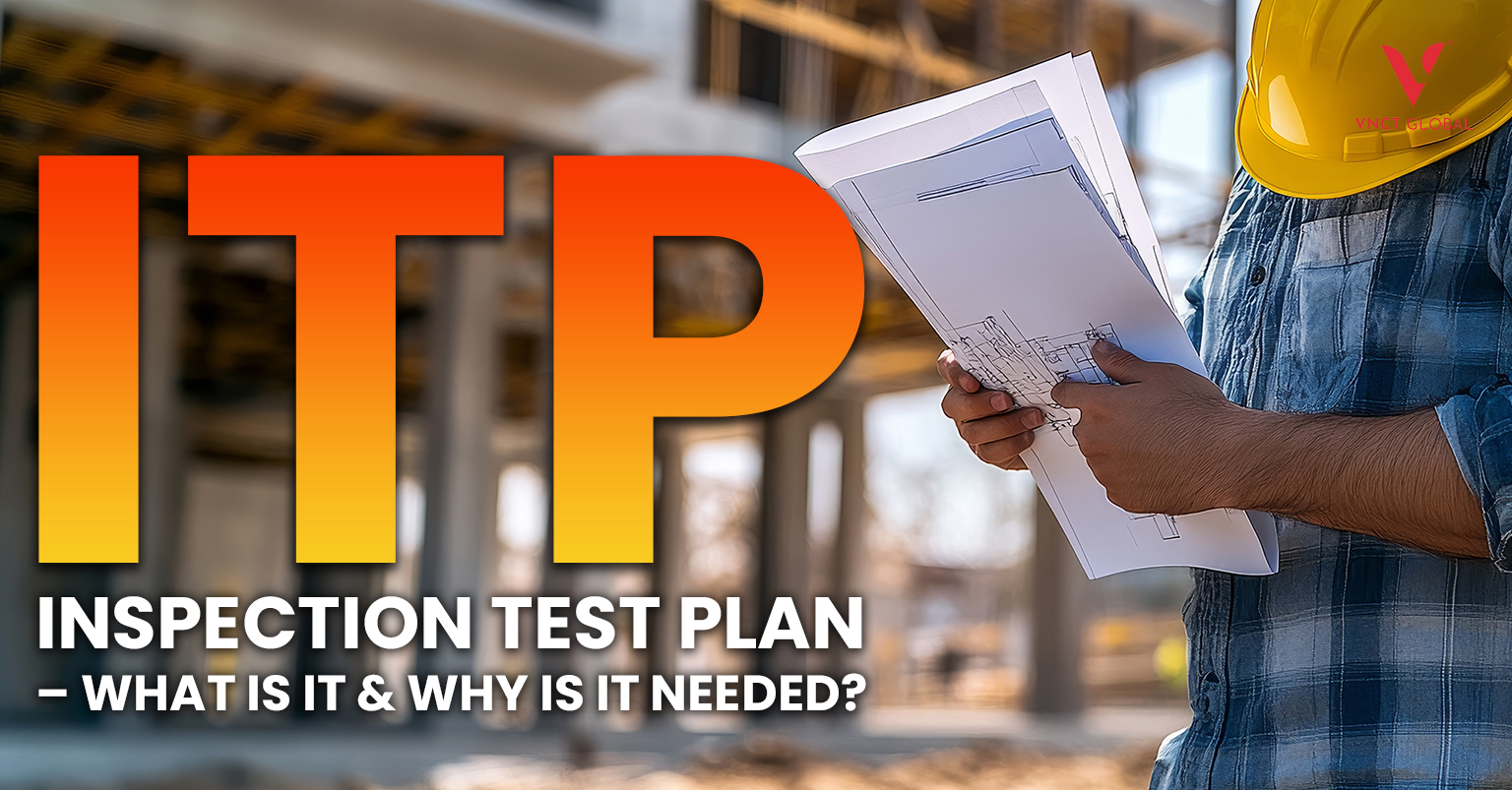Introduction
An Inspection Test Plan (ITP) is more than just a document it’s a practical guide that helps keep construction projects on track. It lists the inspections and tests needed at every stage, making sure nothing is missed and that the work meets quality standards. For contractors and project managers, it’s like having a roadmap that ensures every part of the project is done right the first time.
What is an Inspection and Test Plan?
Simply put, an ITP lays out exactly what inspections and tests need to happen at each stage of construction. It works as a step-by-step checklist to confirm that everything is built correctly and meets the required standards. Using an ITP keeps the project consistent, helps follow regulations, and gives clients confidence that the final outcome will match their expectations.
Purpose and Importance of the Inspection Test Plan
The primary purposes of an ITP include:
- Quality Assurance: Ensures that all construction activities meet predefined quality standards.
- Compliance: Verifies adherence to local regulations and industry standards.
- Risk Mitigation: Identifies potential issues early, reducing the likelihood of costly rework.
- Documentation: Provides a record of inspections and tests for future reference and accountability.
What Is Included in an ITP?
A comprehensive ITP typically includes:
- Scope of Work: Detailed description of the tasks and activities to be inspected.
- Inspection Points: Specific stages where inspections are required.
- Test Methods: Procedures and techniques to be used during testing.
- Acceptance Criteria: Standards that must be met for each inspection or test.
- Responsibilities: Designation of personnel responsible for each inspection and test.
- Documentation Requirements: Details on how results will be recorded and reported.
How to Prepare an ITP
Creating an effective Inspection Test Plan (ITP) is all about clarity and organization. Here’s a step-by-step approach to preparing one:
1. Define the Scope
Start by clearly identifying the work activities and processes that need inspection or testing. This helps ensure that every critical aspect of the project is covered and nothing important is overlooked.
2. Break the Project into Stages
Divide the project into manageable phases. Assign specific inspection and testing requirements to each stage, making it easier to monitor quality consistently throughout the construction process.
3. Specify Inspection and Test Methods
Outline the exact procedures and methods to be used for inspections and tests. Include details such as the equipment, techniques, and standards that must be followed to maintain quality and compliance.
4. Assign Responsibilities
For every inspection or test, it’s important to have a qualified person in charge. When responsibilities are clearly assigned, everyone knows who’s accountable, and you can be confident that the work is done correctly and efficiently.
5. Define Hold, Witness, and Review Points
Some stages of construction need special attention before moving forward:
- Hold points: Work cannot continue until approval is given.
- Witness points: Observers can check the work, but don’t intervene.
- Review points: Focus is on checking documents and records to make sure everything is in order.
6. Documentation and Record Keeping
It’s not enough to just perform inspections—you need to record them properly. Keep detailed logs of all tests and inspections, store them safely, and make sure they’re easy to access. Good documentation ensures accountability, makes it easy to trace issues, and provides proof that work meets quality standards.
7. Develop the ITP Table
Once all inspections and tests are defined, compile them into a clear table. Include details like who is responsible, the method to be used, and the checkpoints. This table becomes a practical, on-site reference that guides the team through the inspection process smoothly and efficiently.
How to Implement an ITP in Your Construction Project
Successfully using an Inspection Test Plan (ITP) is all about integrating it into your project workflow and making sure everyone on the team understands it. Here’s how to put it into action:
1. Align with the Project Schedule
Make sure your ITP is coordinated with the overall project timeline. Inspections and tests should happen at the right stage, so that potential issues are caught early and work can continue smoothly.
2. Incorporate into Project Management Systems
Use project management tools or software to track inspections and tests. This ensures nothing is missed, deadlines are met, and all results are properly recorded for future reference.
3. Collaborate with Stakeholders
Quality assurance works best when everyone is on the same page. Involve contractors, subcontractors, and even clients in the ITP process so that inspections are thorough and standards are consistently maintained.
4. Train the Workforce
Your team should understand why the ITP matters and how to perform inspections correctly. Regular training helps staff execute tests effectively and reduces the risk of errors.
5. Conduct Regular Audits and Updates
The ITP shouldn’t be static. Periodically review it to spot areas for improvement and adjust it as project requirements evolve. This keeps your quality assurance process relevant and effective.
6. Maintain Detailed Documentation
Document every inspection and test meticulously, including results and any corrective actions taken. Well-kept records not only help track progress but also provide proof that work meets quality standards.
Conclusion
An Inspection Test Plan (ITP) is a key part of any construction project. It helps make sure that every stage of the build is done right, meeting the quality standards needed for a safe and durable structure. By carefully planning inspections and tests, construction teams can avoid mistakes, maintain compliance, and deliver a home that lasts.
At VNCT Global, recognized as one of the best villa developers in India and among the largest villa developers in India, we take quality seriously in every project. Whether your villa is in Chennai, Madurai, or Coimbatore, we make sure your dream home is built to the highest standards.
For NRIs investing from abroad, we provide full support helping you choose the right materials, overseeing construction, and keeping you updated every step of the way. With VNCT Global, building your ideal villa is simple, reliable, and stress-free. Contact us VNCT Global to learn more about our ongoing projects and how we can make your dream home a reality.
FAQs for Inspection Test Plan
- What is the difference between an ITP and a Quality Control Plan?
An ITP focuses on specific inspections and tests at various stages of construction, while a Quality Control Plan encompasses the overall strategy for ensuring quality throughout the project. - Who is responsible for preparing the ITP?
Typically, the project manager or quality control manager prepares the ITP in collaboration with other stakeholders. - Can the ITP be modified during the project?
Yes, the ITP can be updated as needed to accommodate changes in project scope or requirements. - How often should inspections be conducted?
Inspections should be conducted at each critical stage of construction as outlined in the ITP. - What happens if an inspection fails?
If an inspection fails, corrective actions must be taken, and the issue should be addressed before proceeding to the next stage.





